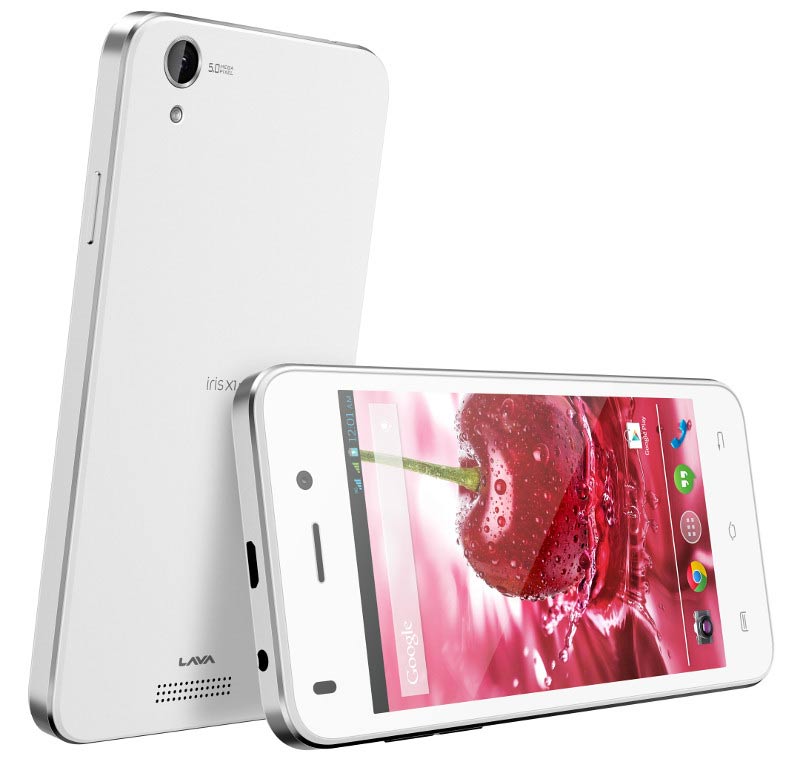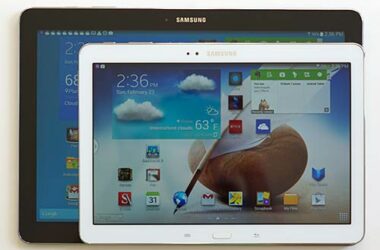In the past several years, manufacturers from India and China have been trying to enter the global market for Android smartphones.
Their main advantage is price and dual sim option. Lava and Asus are both trying to be competitive in the medium range. How do they compare to each other? Let’s check out by comparing their trademark devices, Iris X1 and Zenfone 4.
Design and Display
Both devices have nearly identical screens and dimensions. Equipped with 4.5 inch screen and resolution of 480 x 854 pixels (density of around 217), these devices can be labeled as decent, but not great. One advantage that Zenfone 4 has is the Corning Gorilla Glass 3 protection. However, the downside of Asus’s device is that it still uses TN technology for its screen rather than IPS. The issue with TN technology is that the screen suffers from contrast shift. Asus’s screen does not have automatic brightness adjusting feature, meaning users need to manually adjust brightness from indoor to outdoor spaces. Iris, on the other hand, has major issues with screen response time.
Dimensions of the devices are very similar, but Lava’s device is slightly slimmer. Here are the dimensions: Asus Zenfone 4 – 137 x 68 x 11.3 weighing 134 grams; Lava Iris X1 – 134 x 66 x 8.9 weighing 138 grams.
Hardware and Operating System
Asus uses Intel Atom CPU rather than more popular processors like Snapdragon, Broadcom and others. The device boasts dual core processor at 1.2GGz with 1 GB RAM memory. Lava‘s device has the same processor, but from a different manufacturer (Broadcom). The difference between the two devices is in the internal memory. Zenfone 4 has 8 GB internal memory, with slot for microSD card, for an additional 64 GB memory. Iris X1, on the other hand, has only 4 GB of internal storage. Users can add more memory with microSD card, but up to 32 GB.
Iris X1 runs on the newest Android version 4.4 (KitKat), while Zenfone 4 is a bit outdated in this area. The device runs on Android 4.3, with custom Zen UI interface. The interface is neat, feature driven, good looking, and very different from the common streamlined style favored by competition.
Battery
Asus’s phone has battery with just 1750 mAh capacity, while Iris X1 comes with 1800 mAh battery capacity. The capacity is low compared to other devices on the market and may be a problem for high usage consumers.
Camera
The rear camera of both devices is identical, an 8 MP camera with LED flash. However, Zenfone 4 has an advantage due to several features besides the traditional, standard camera options. For example, depth of field which separates near and far objects, time rewind, selfie (once the camera detects certain number of faces, it takes a shot, making it convenient for selfies), miniature, all smiles (change faces on people on the photo) and GIF animator. Iris X1 has an advantage for its front facing camera, which is 2 MP, compared to VGA on Asus’s device.
Price
The price for Lava Iris X1 is around $180, while Asus’s device will cost you around $140. With prices like those, these devices are excellent choice for everyone who has his eyes set on compact phone with 4.5 inches screen size.
Related ItemsAsus Zenfone 4Lava Iris X1








